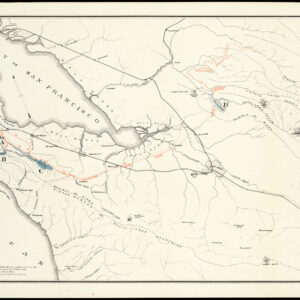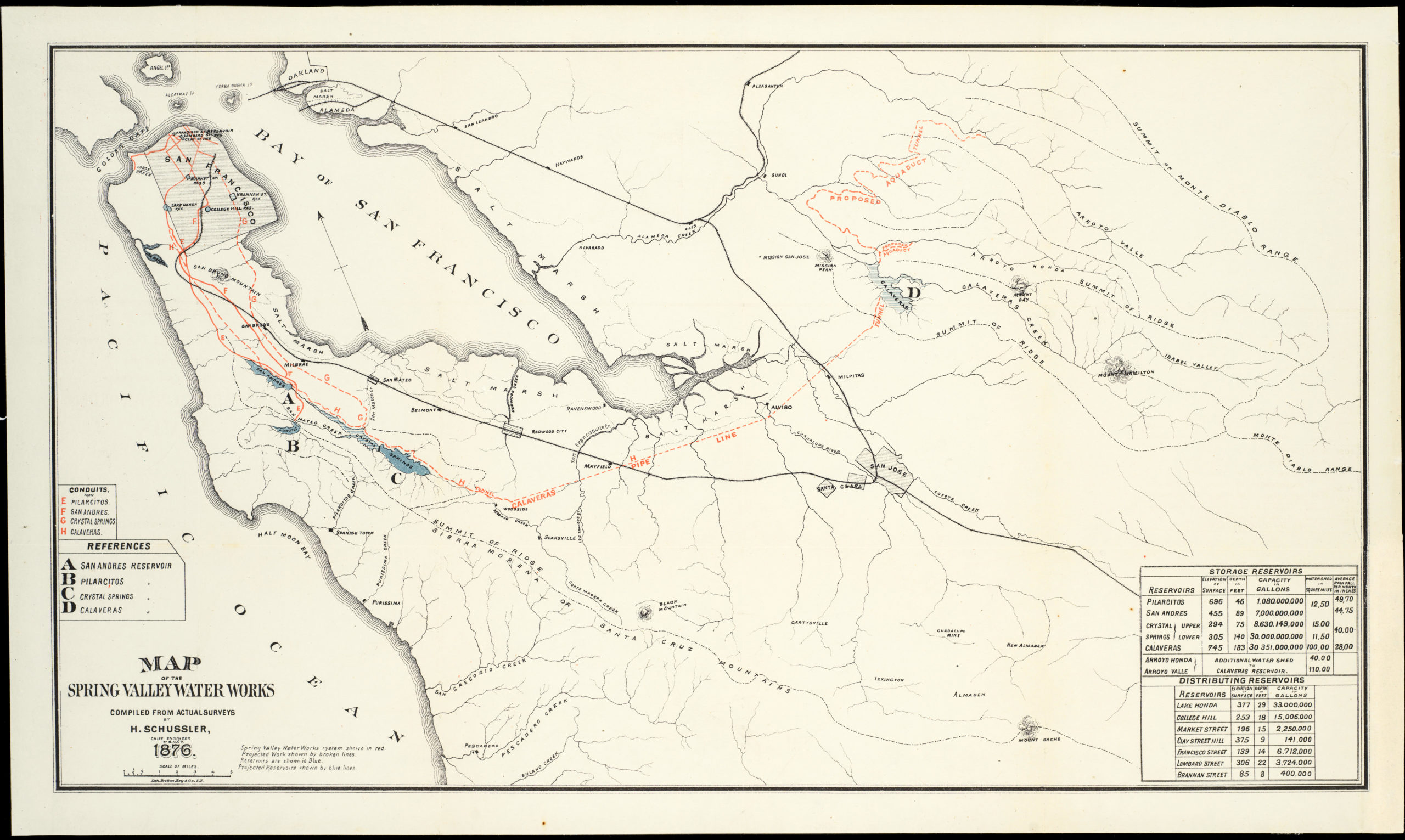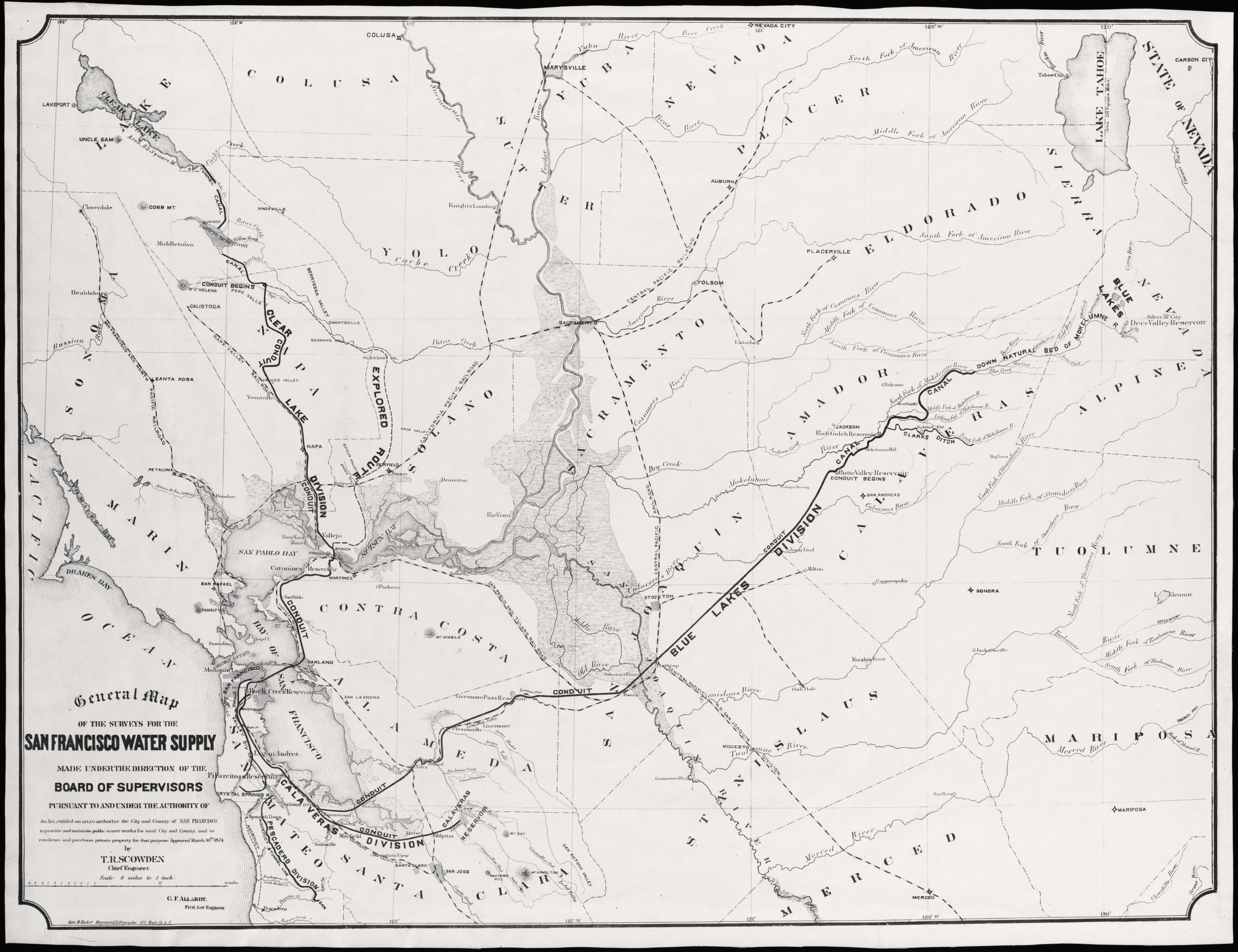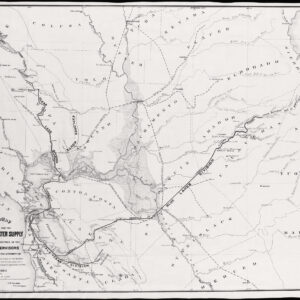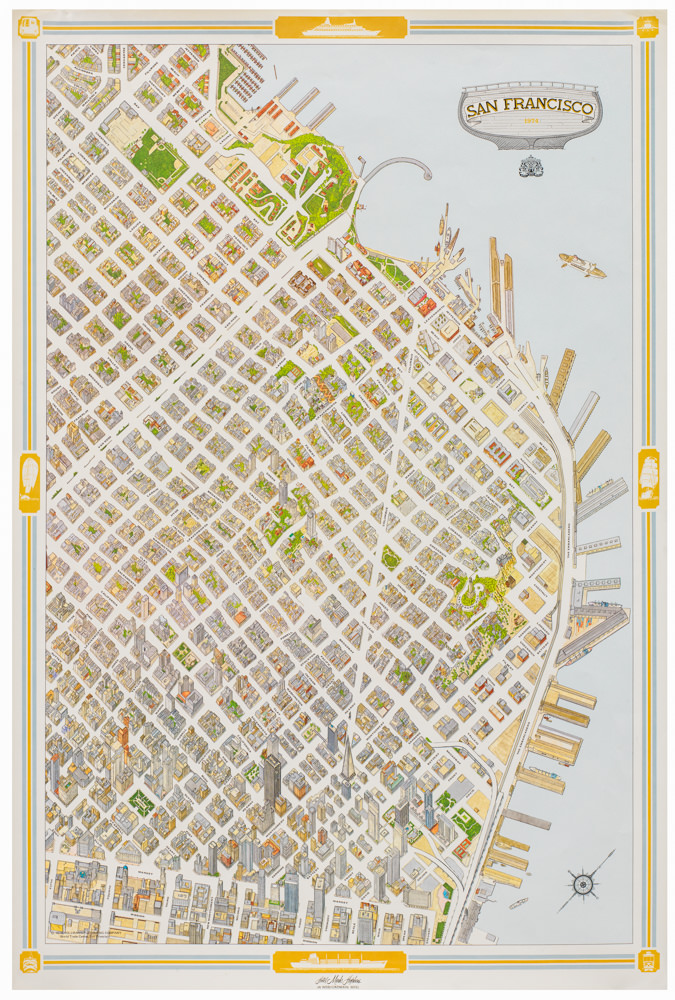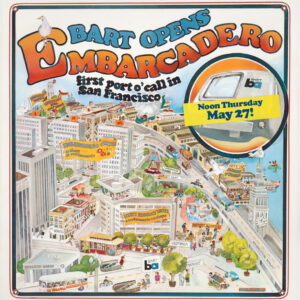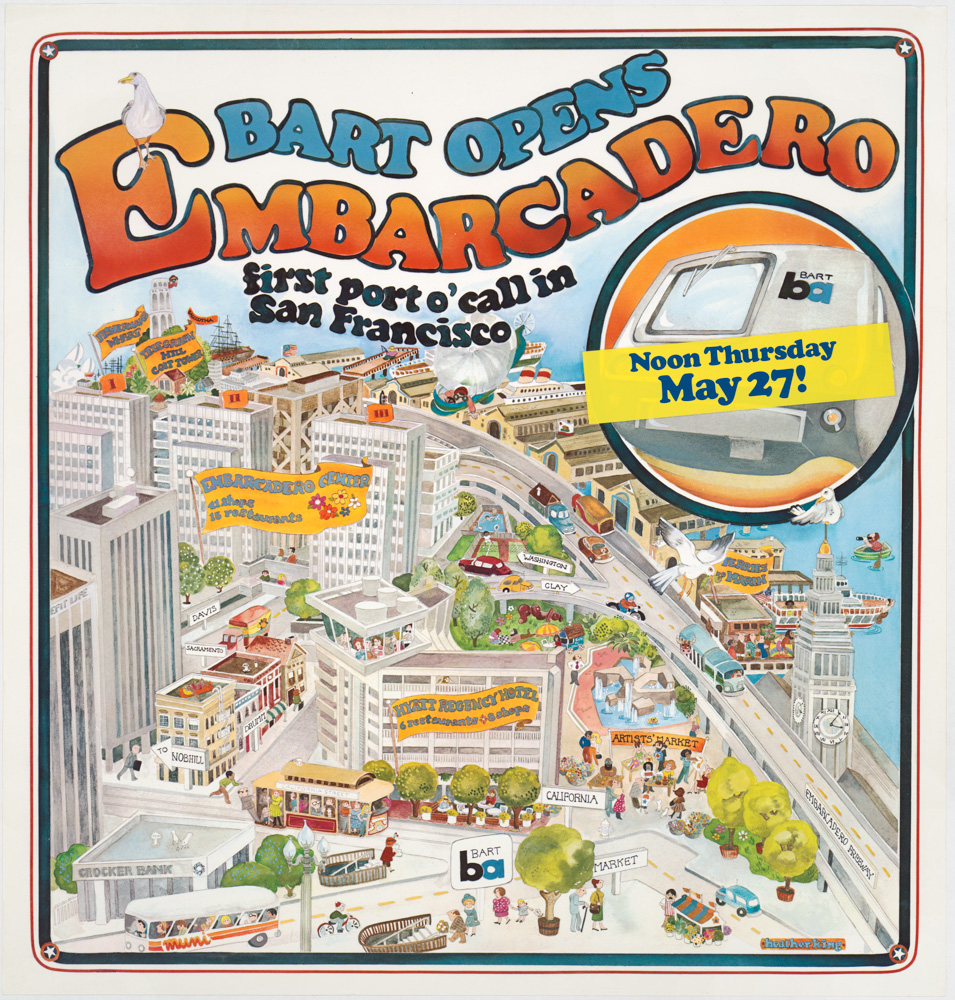The “Forest of Masts” Panorama — The Earliest Known Photograph of San Francisco.
San Francisco Water Front prior to April 1851.
$7,500
1 in stock
Description
The original daguerreotype known as the ‘Forest of Masts’ is the earliest known photographic depiction of San Francisco and captures the city at the height of the Gold Rush. This is Martin Behrman’s post-earthquake copy-stand capture of that iconic image.
This extraordinary panorama of San Francisco at the height of the Gold Rush offers the earliest photographic depiction of the city from that time. It has affectionately become known as the ‘Forest of Masts’ due to the impressive number of ships in the harbor and the Bay beyond. This title was already levied on the original capture, which consisted of two overlapping daguerreotypes taken in 1851 by an unknown pioneer (the most likely candidate being daguerrian photographer Sterling C. McIntyre).
The current silver gelatin version of the photograph was taken by Martin Behrman around 1910. Following the devastation of the 1906 earthquake, Behrman sought to preserve the early photographic documentation of the city, so he began to capture original photographs using a copy-stand procedure. This process involved re-photographing much older images, including the daguerreotype behind this panorama. The ‘Forest of Masts’ was the earliest photo that Behrman found, making it the world’s oldest known panoramic photograph of San Francisco. The left side daguerreotype is held at U.C. Berkeley, but the right side is presumed lost, making Behrman’s production of essential importance.
Among the most powerful narratives associated with this period were the stories of entire crews abandoning their ships in the harbor to disembark and head directly to Gold Country. We know that some of these ships remained idle in the Bay until they were requisitioned and reused as temporary buildings along the waterfront. Abandoned ships housed everything from hotels and gambling saloons to prisons and store rooms. The “Forest of Masts” panorama provides an unparalleled insight into the massive number of ships at anchor here. One can easily imagine how some of these masts pinpoint abandoned vessels. In fact, a small printed text along the lower margin of the print refers specifically to the abandoned ships: “When Montgomery Street was the Water Front S.F. 1851 / 805 ships abandoned by Crew Joining Gold Rush“.
The 805 abandoned ships constitute the total number of vessels that arrived from April 1849 until the end of 1850, corresponding to about 62,000 passengers disembarking in San Francisco during that year and a half. The label further contextualizes the panorama, telling us that the original daguerreotype was taken from the Jenny Lind Theatre, which by 1910 had become the site of the Hall of Justice. It also provides a numbered key that identifies essential businesses (including their addresses) and landmarks featured in the photo. These include historic locations such as the iconic whaling vessel Niantic, which was turned into a hotel and storeroom; the Delmonico Hotel with its famous dining hall; and the Wells Building, where Wells Fargo would open for business the following year.
In sum, it is impossible to find a more extraordinary rendition of Gold Rush San Francisco than this extraordinary panorama.
Census and provenance
From the private collection of Charles A. Fracchia. Fracchia was a noted historian of California and San Francisco, a Fellow of the California Historical Society, the Founder and President Emeritus of the San Francisco Museum and Historical Society, and one of the founders of Rolling Stone magazine.
The OCLC does not have individual listings of this photograph based on its commercial title. However, we have identified a few institutional holdings. U.C. Berkeley’s Bancroft Library holds the original daguerreotype along with a selection of Behrman’s copy-stand photos (OCLC no. 34925687), including this one (https://oac.cdlib.org/ark:/13030/tf1p300629/).
Stanford Libraries has a Behrman photo album, San Francisco Early Days (1849-1908), which also includes this particular image (OCLC no. 820134869). Additional examples of Behrman’s copy of the original daguerreotype can be found in the archives of the California Historical Society (ID no. CHS2013.1130) and the Huntington Library’s “Collection of Panoramic Photographs.”
Cartographer(s):
Martin Behrman (1862-1845) was an amateur photographer based in San Francisco. Following the 1906 earthquake, Behrman launched a project in which he aimed to preserve as much of the original photographic documentation of San Francisco as possible. He began a process known as copy-stand photography, in which older photos, such as glass plates or daguerreotypes, are re-photographed with modern equipment and printed on paper. Behrman’s endeavor proved highly insightful, as his reproductions of these early photographs have made them far more accessible for historians and collectors alike.
Condition Description
Very good.
References
